The invisible menace
- Programa bilingüe

- Feb 18, 2020
- 2 min read
Updated: Apr 27, 2020

Introduction
Noise pollution is a frequently ignored problem in our societies, despite the serious health problems it causes on living beings (sleep disorders, stress, anxiety, blood pressure raising, hearing loss, decreased concentration, among others).
According to the World Health Organization (WHO), around 9 million Spaniards (22% of the population) are continuously exposed to noise pollution above 65 decibels, being Spain the second noisiest country of the world and the first in the EU (Japan is the first one).

In order to increase noise awareness among students, music teachers have designed and carried out an activity, consisting in making an acoustic floorplan of the high school.
Objectives
Through the activity, our students ...
Learned basic concepts of the subject in a practical way.
Understood the harmful effects of pollution and learned to detect acoustically contaminated places, proposing improvement solutions.
Became familiar with the surrounding environment, learning to take care of it and developing the awareness of belonging to a collective with the ability to improve their environment to protect their health.
Learned to value silence and develop healthy habits in relation to sound and noise.
Used the technological tools at their disposal properly and developed their potential beyond their merely communicative use.
Learned to participate, using the appropriate channels, in the institutions and organizations in charge, proposing improvement solutions.
Worked as a team to obtain overall results saving more time and efforts than individually.
Activity summary:
Beforehand, the following basic concepts were studied in class: sound, silence, noise, noise pollution and its effects, sound parameters, with special attention to intensity and its measurement, among others.
Students were asked to bring their phones, the free app “sonometer” was downloaded, calibrated and its use briefly explained.
A blank map of the school was distributed, marking on it a series of key places.
Teams of students were organized and the points to be measured were distributed, according to different criteria.
Measurements were made at different times of the school day at each of the points indicated.
The data obtained were analyzed, identifying the noisiest and quietest places in the center, analyzing the most polluting sound sources and proposing solutions.
An acoustic map of the center was prepared, which can be used in subsequent activities related to the subject.
Tips:
Be aware that being in silence is the healthiest way of life.
Identify sources of noise pollution around you.
Look for silence. Avoid sound masking with more intense sounds.
Make proposals to find a solution for this problem and participate in organizations that can solve it.
Avoid exposing yourself to a high level of pollution. Change place or isolate the sound.
Related contents:
Natural sciences: environment and pollution.
Visual arts: two-dimensional representation. Technical drawing.
ICT: development of the potential of mobile devices beyond communication and social networks. Consideration of them as a tool, relativizing it to prevent addictions.
Physical education: spatial orientation. Self Protection and Health.
Mathematics: absolute and relative values. Logarithmic Scale.
Social sciences: citizen awareness and participation.


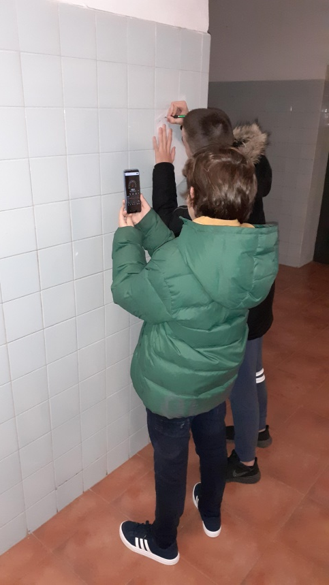

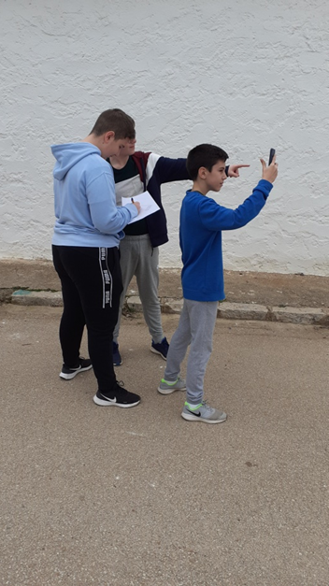

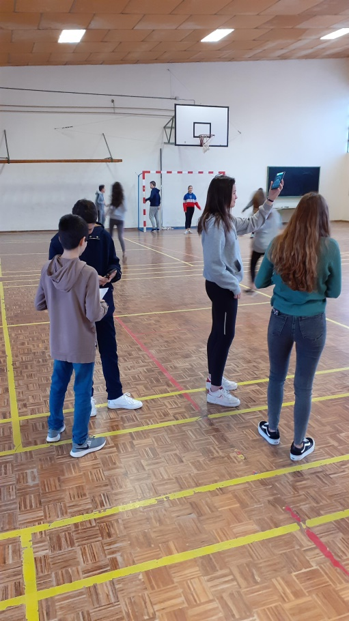

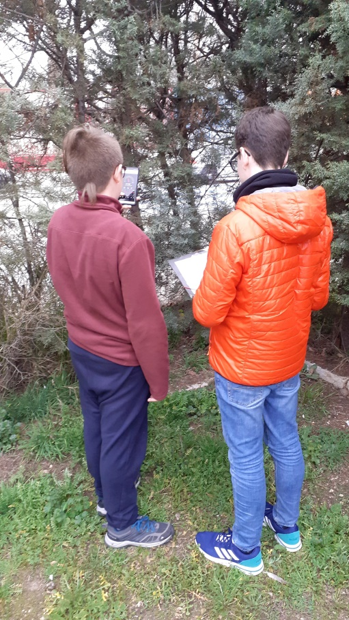

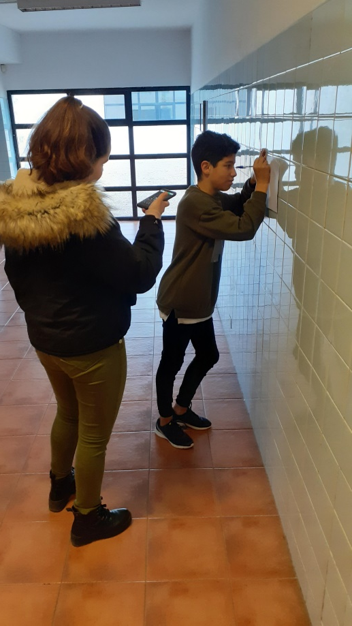

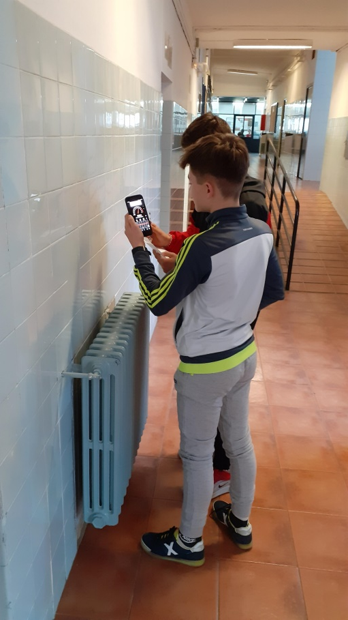

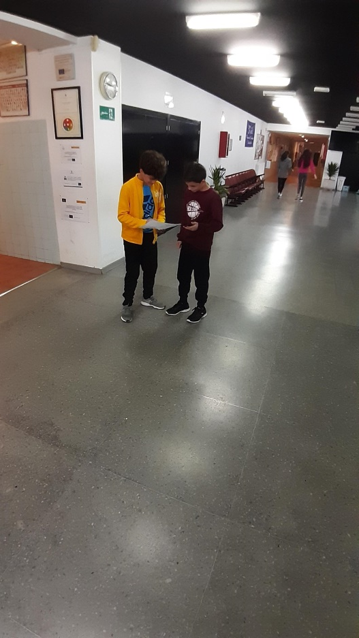

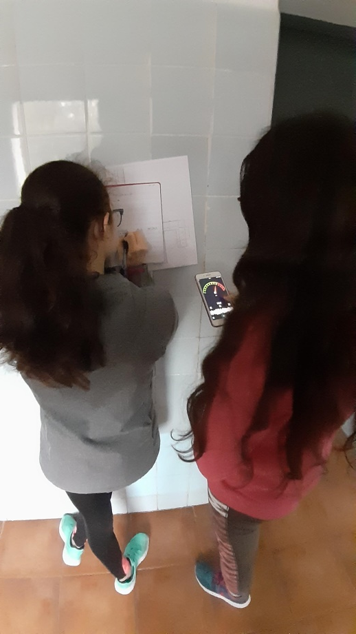



Comments